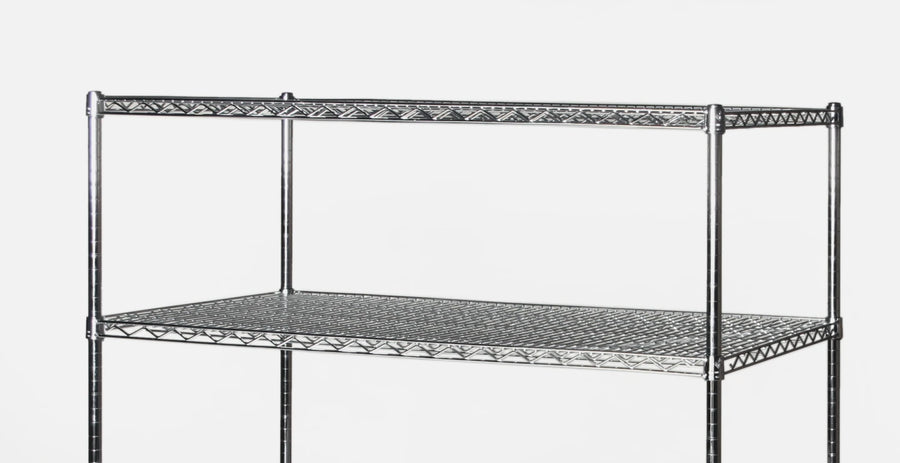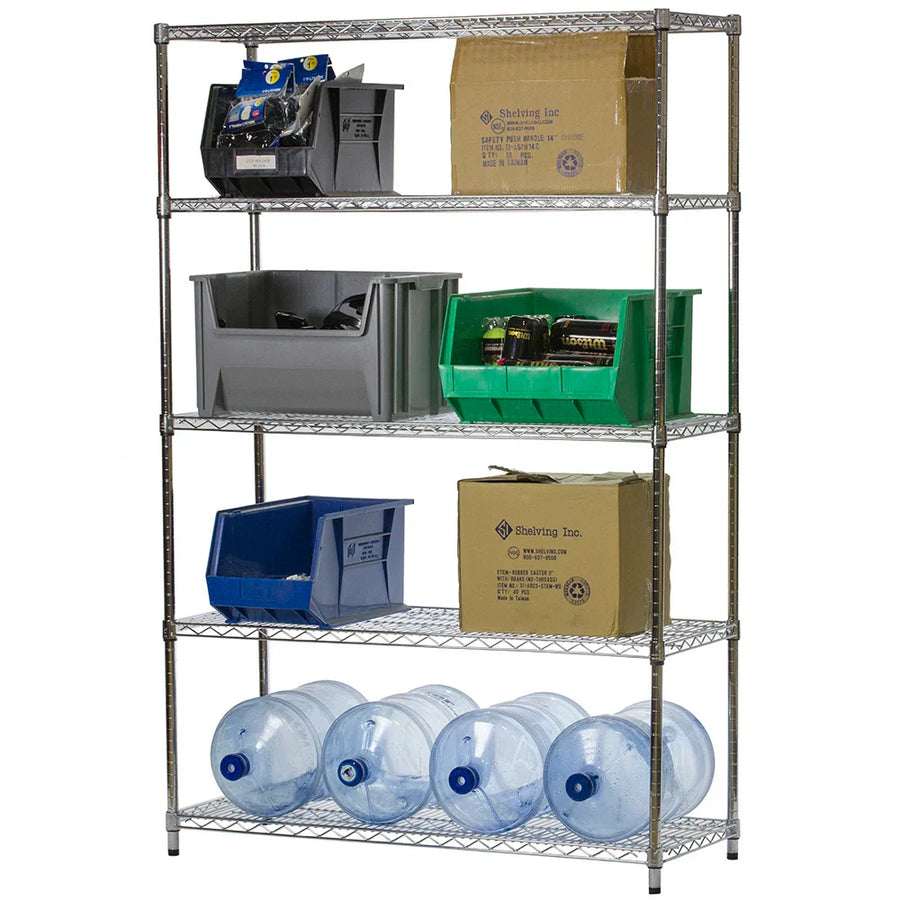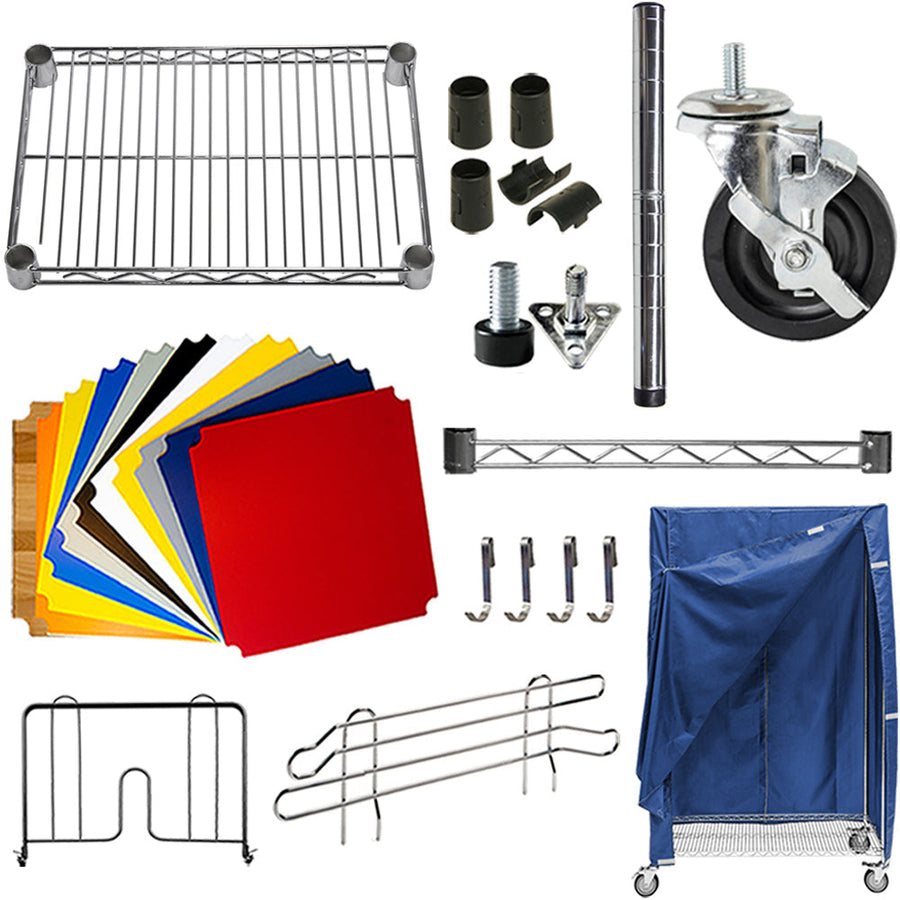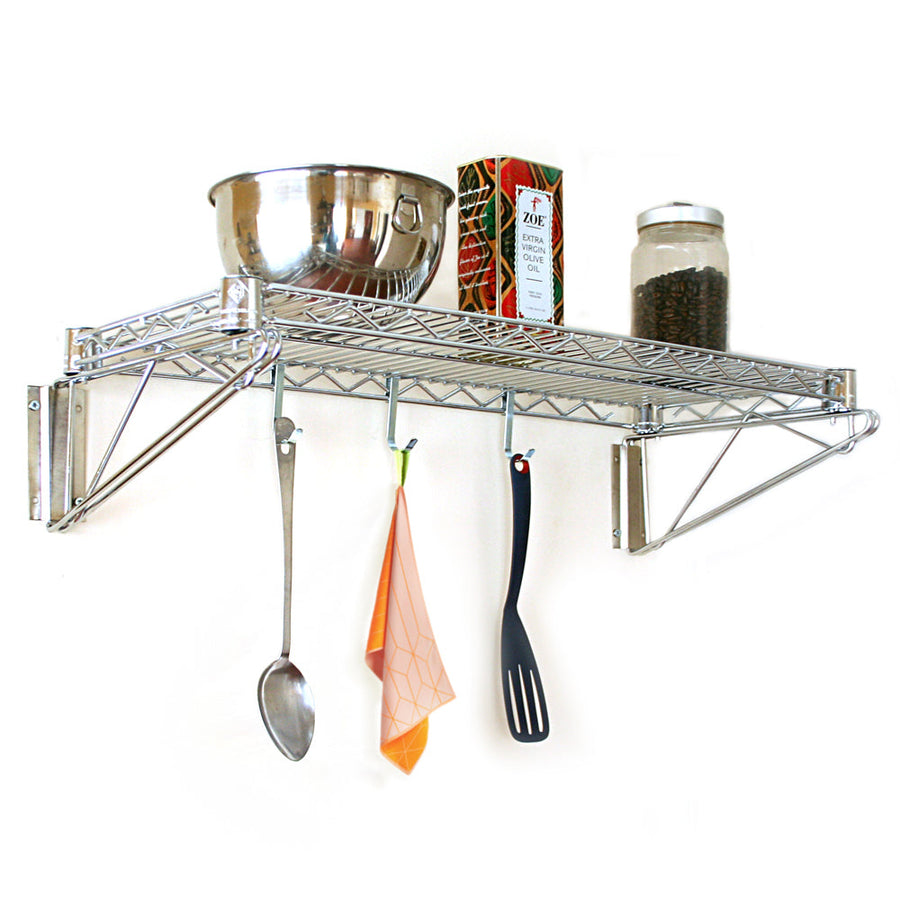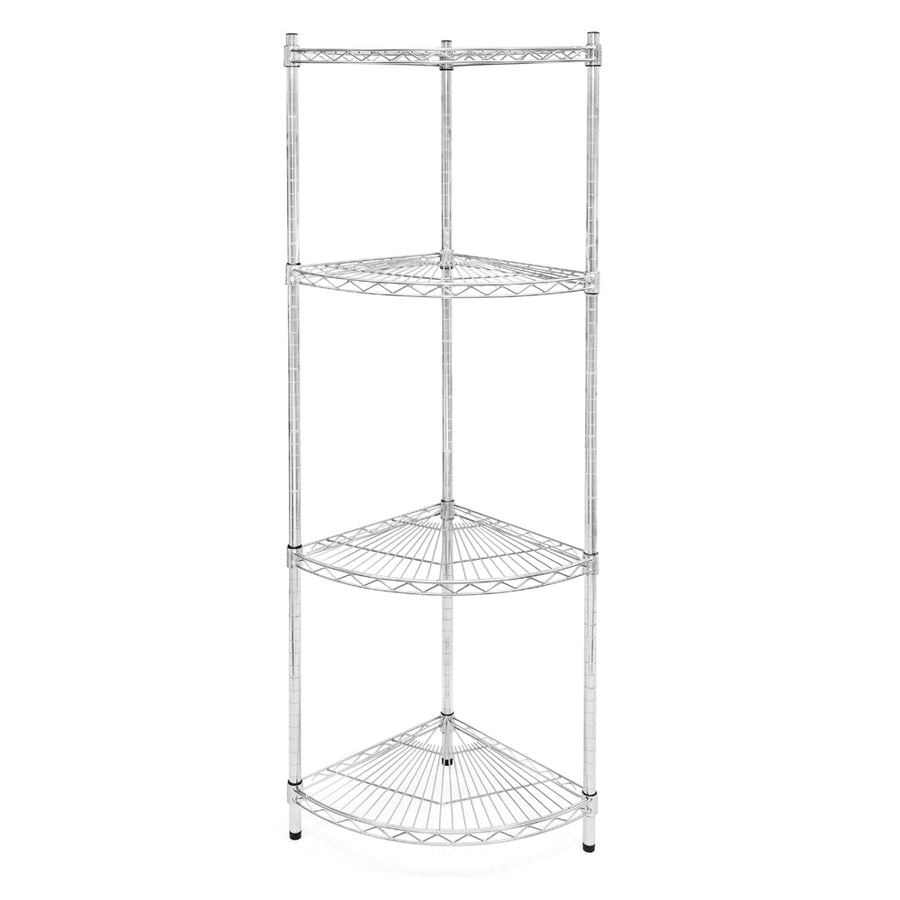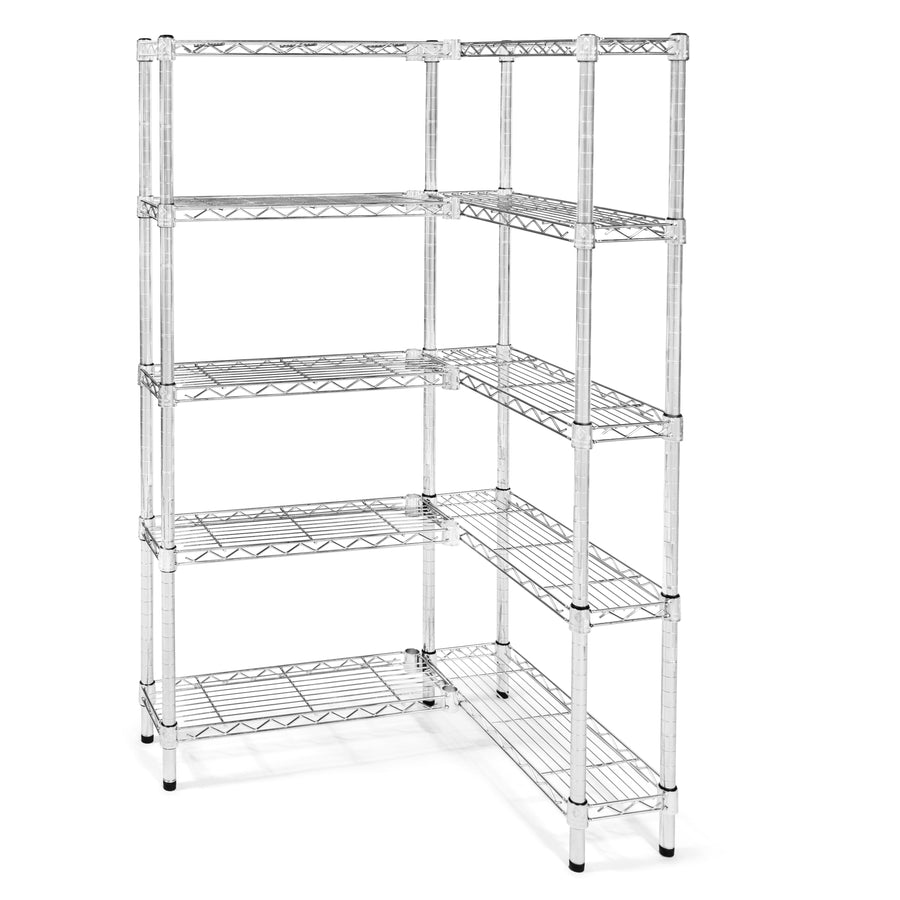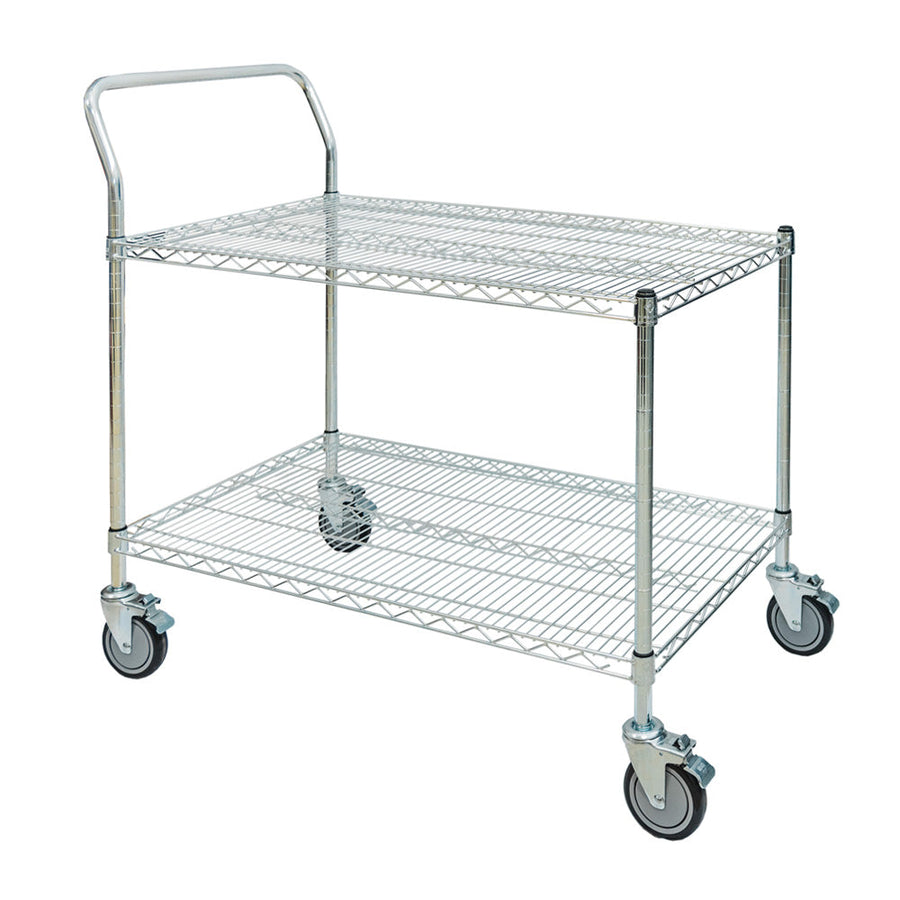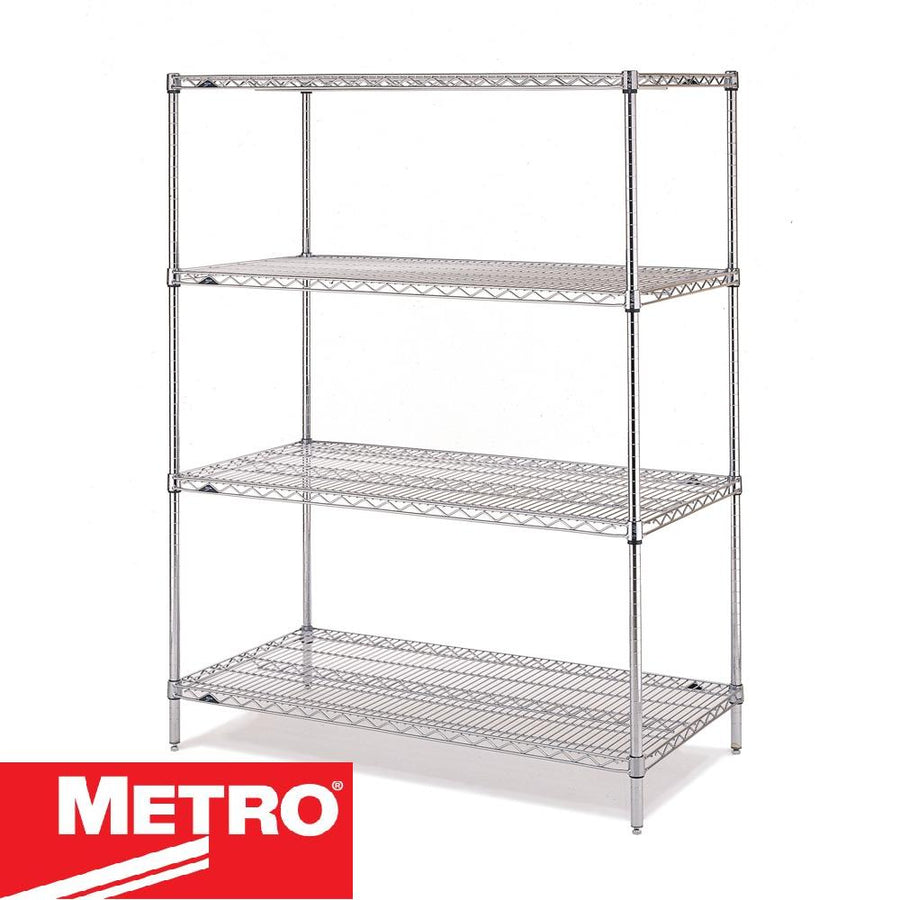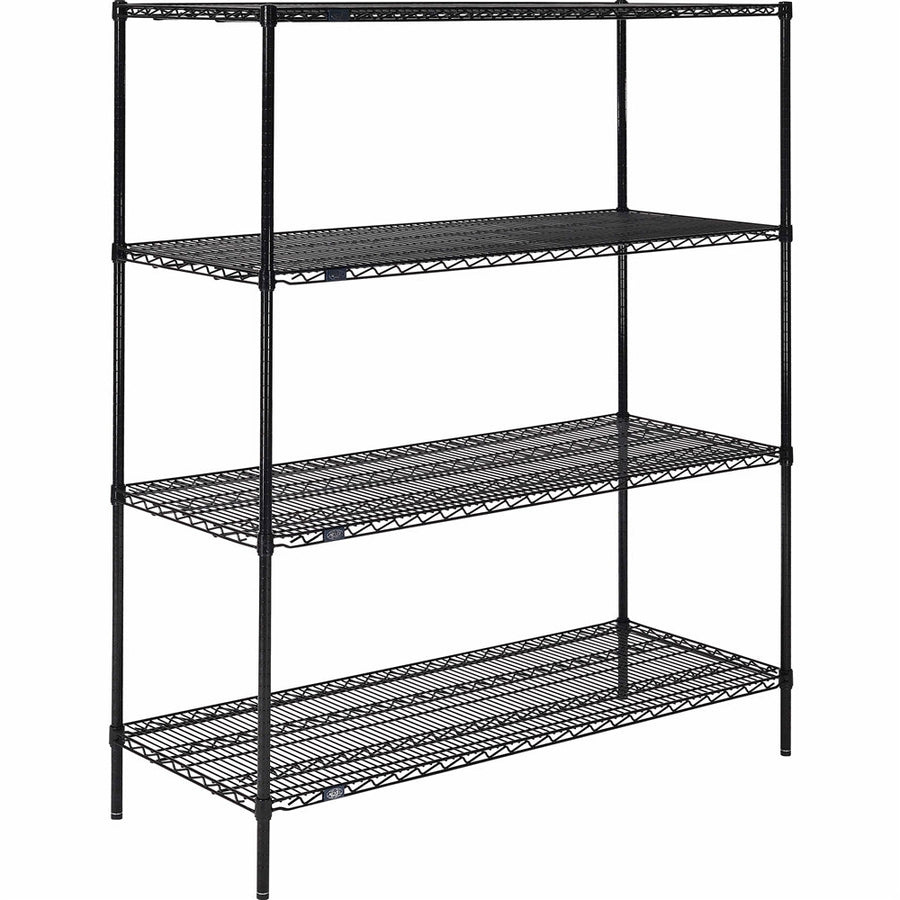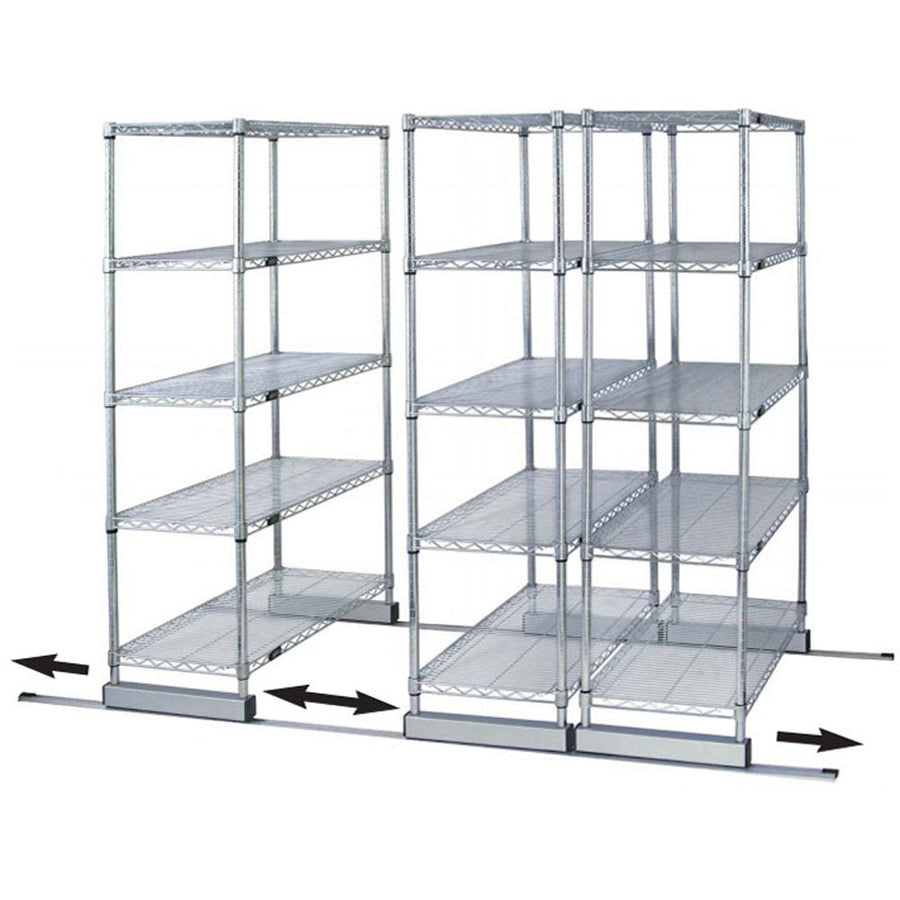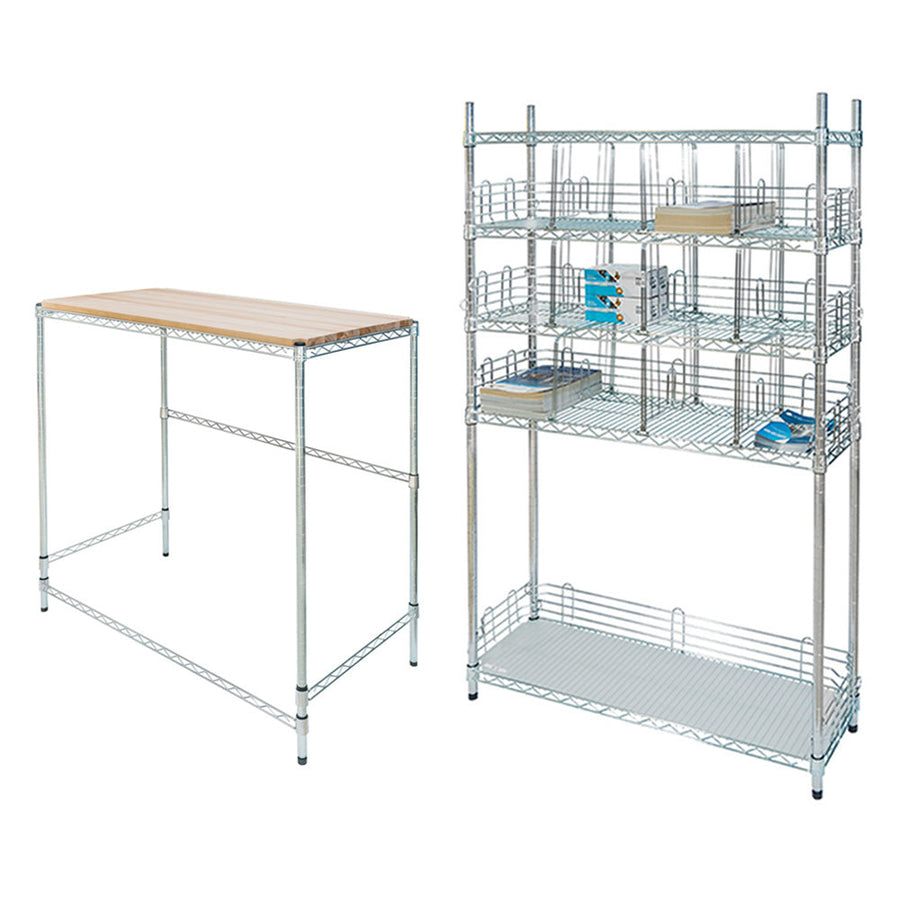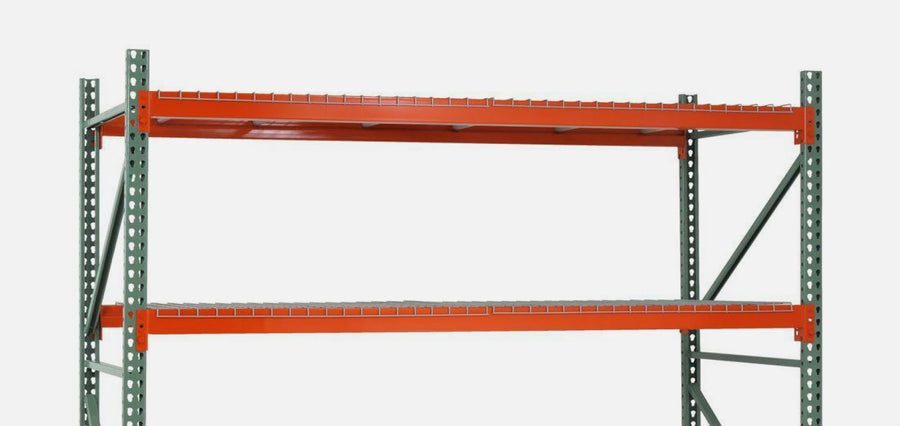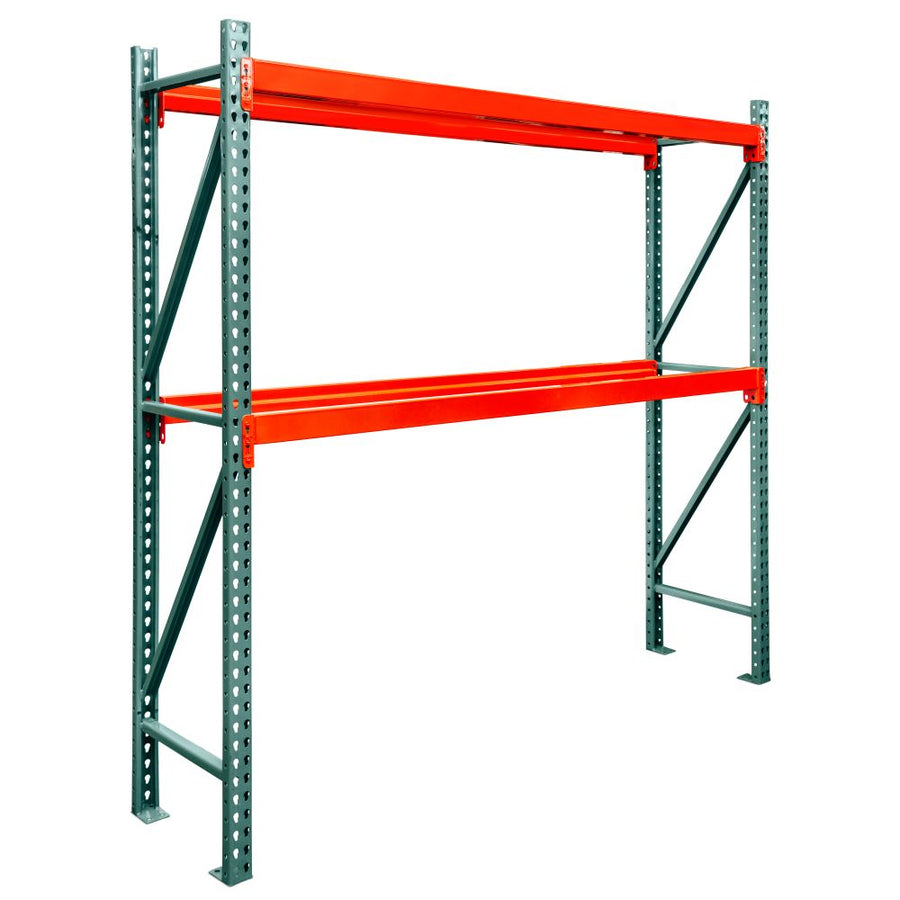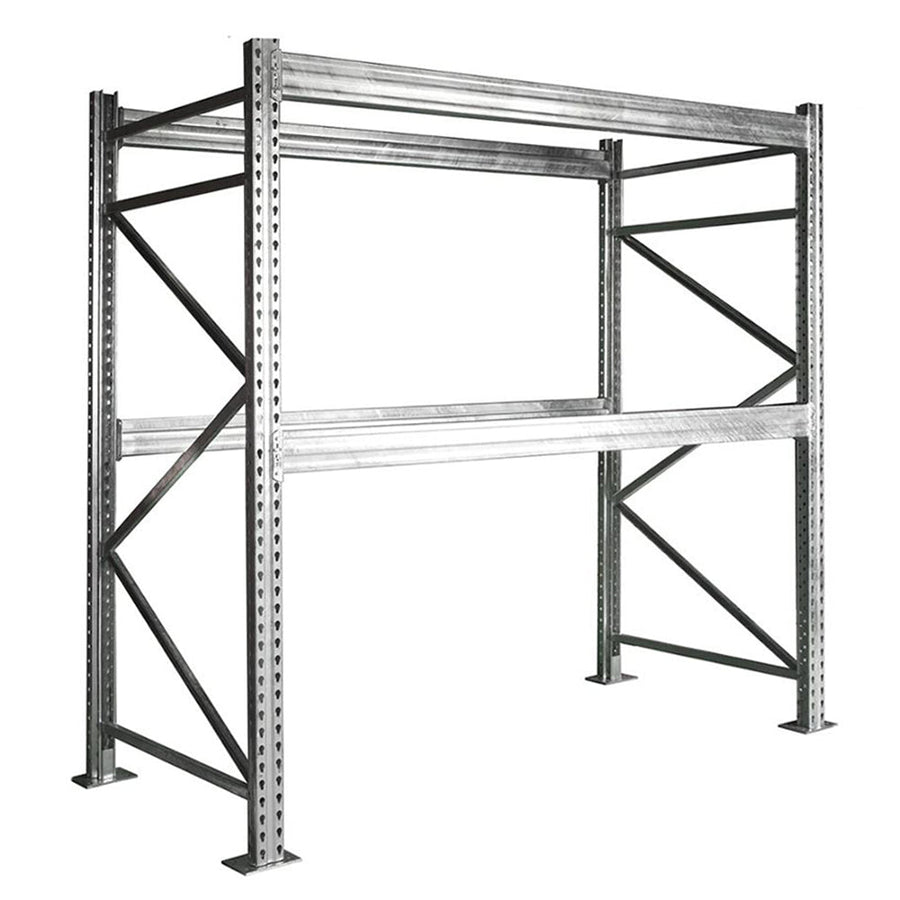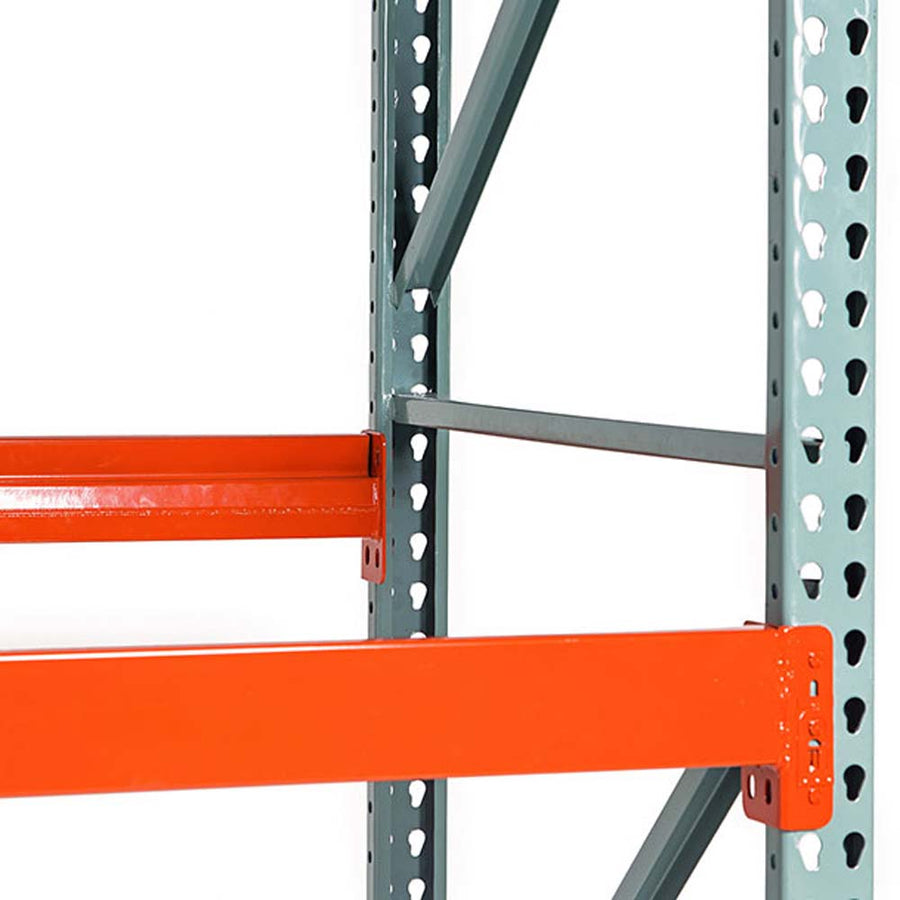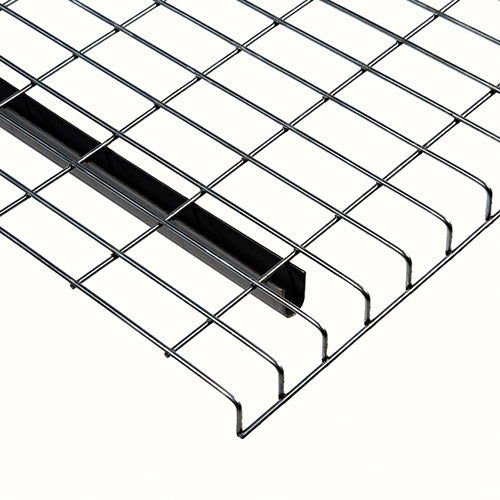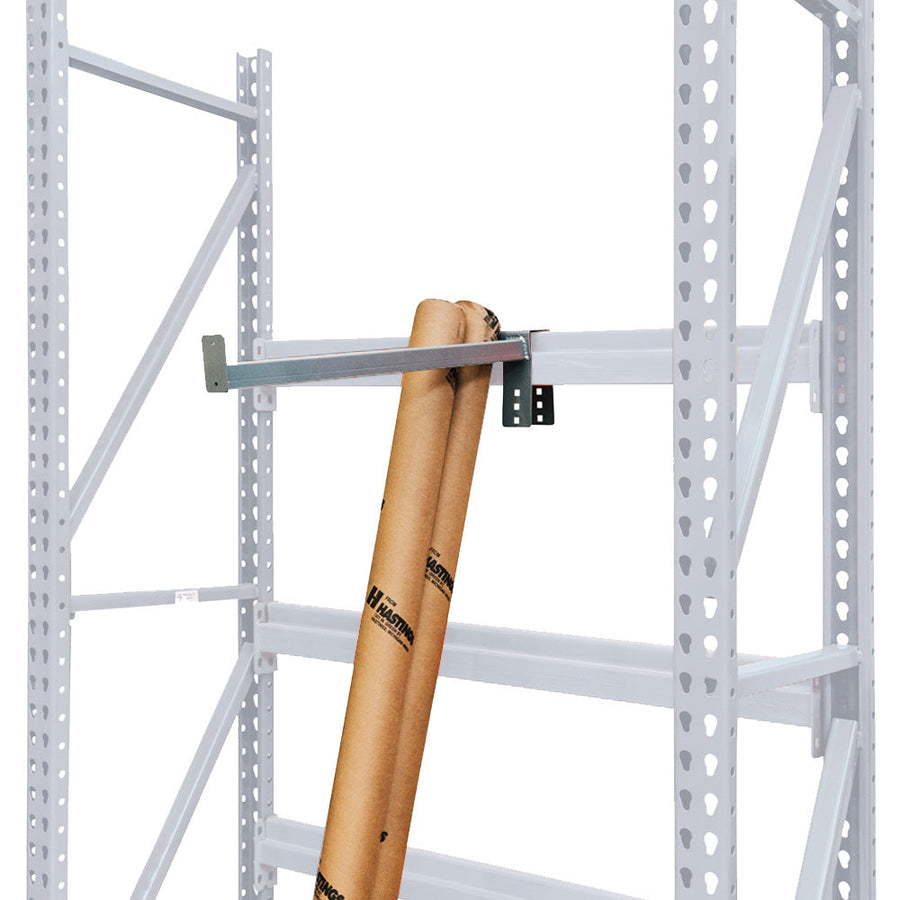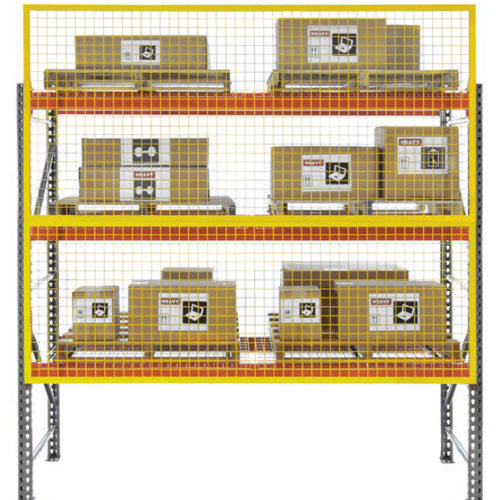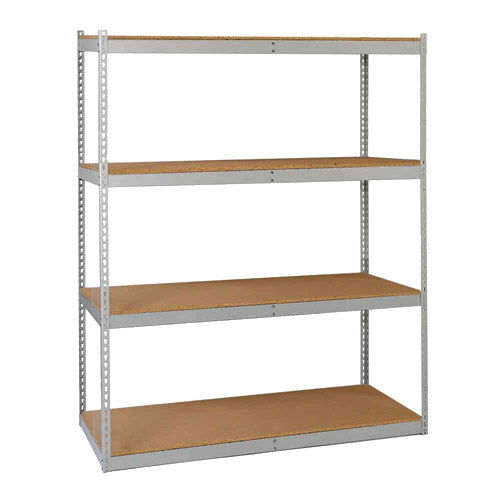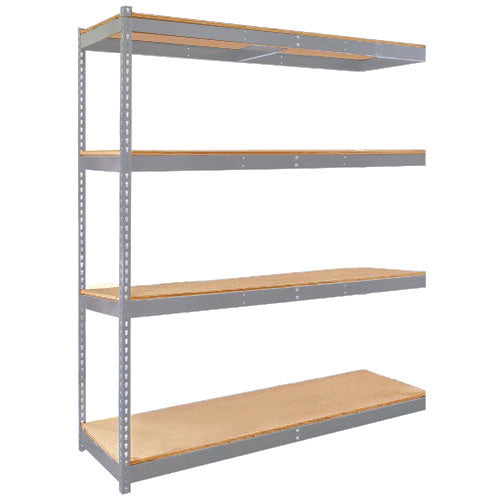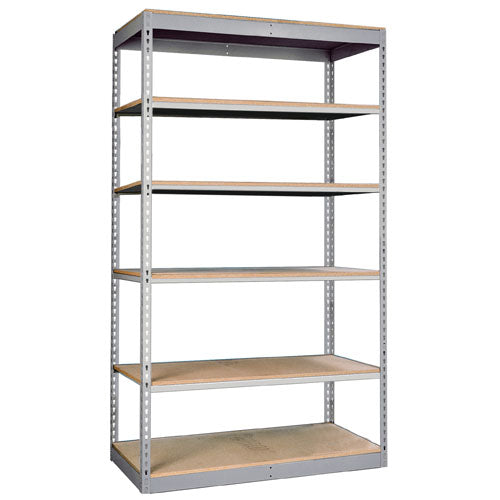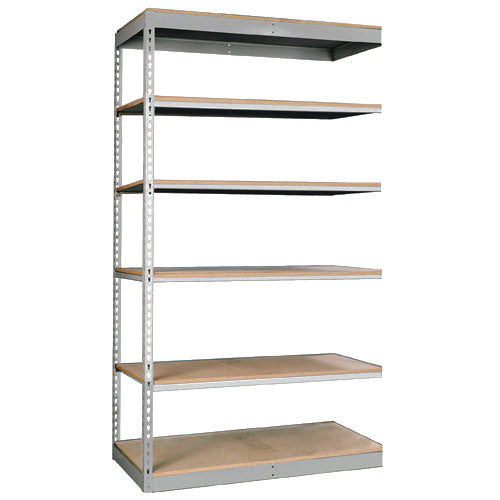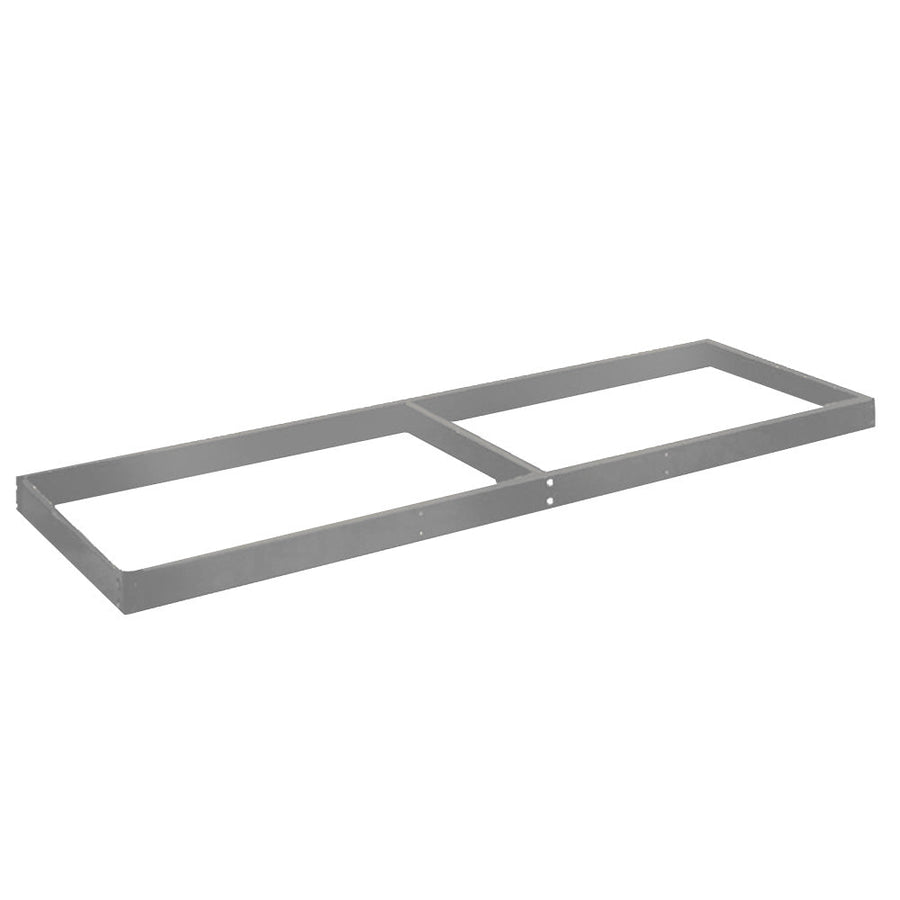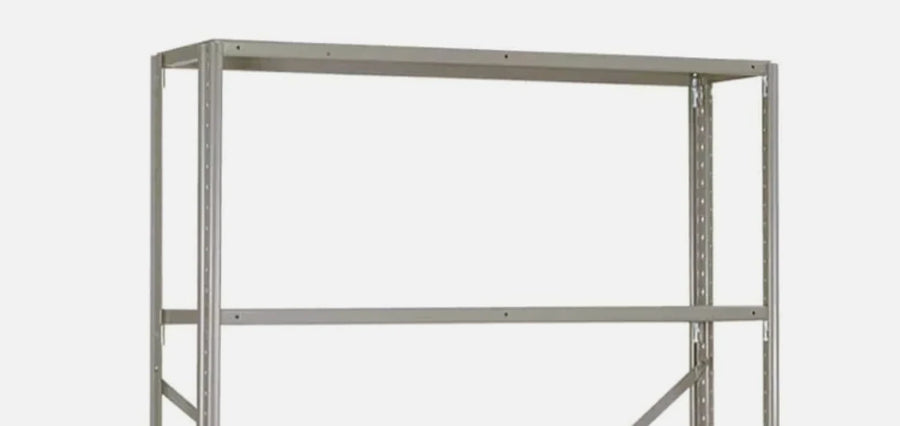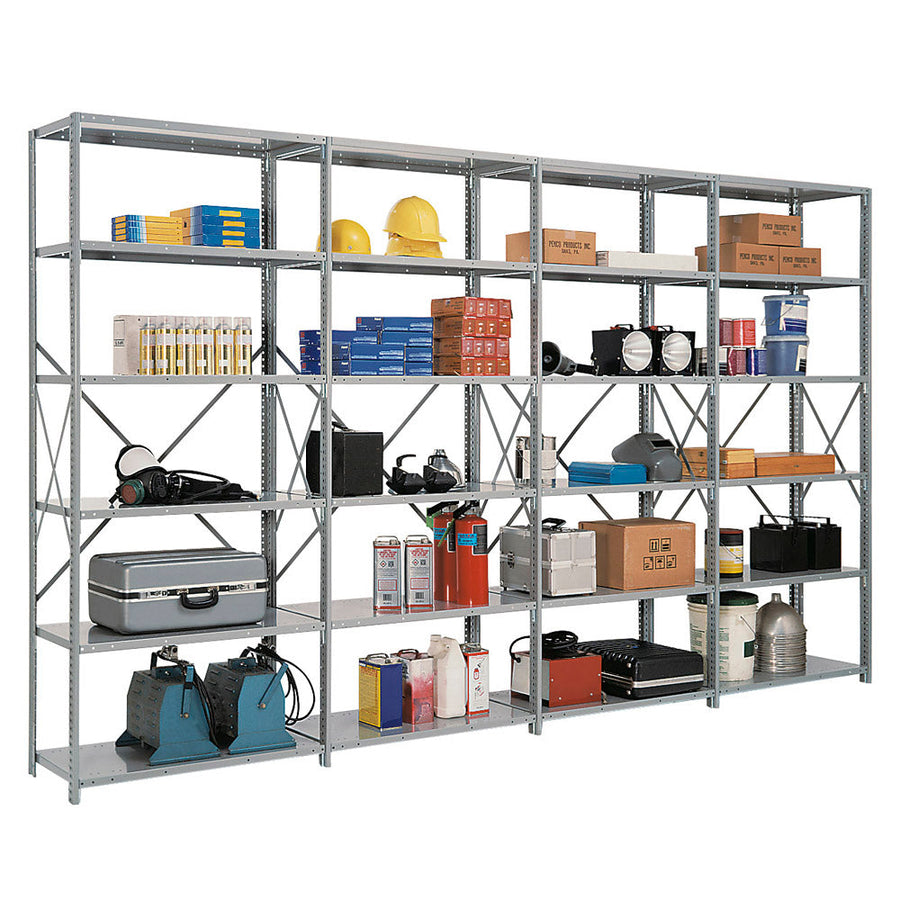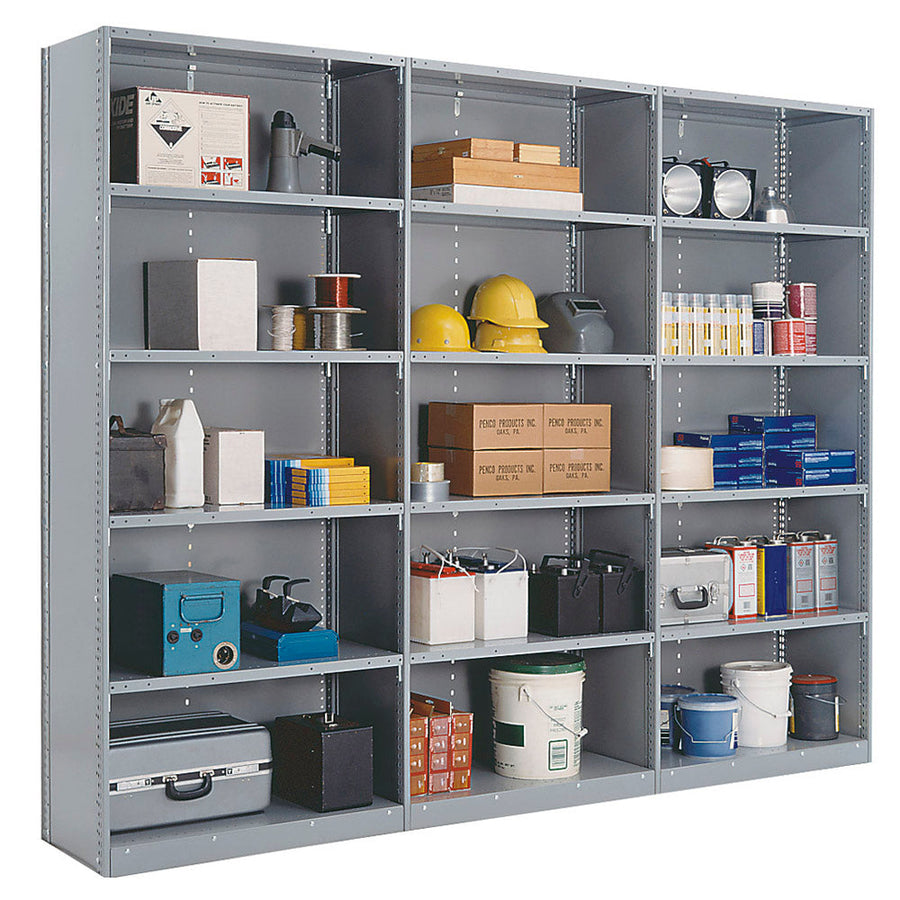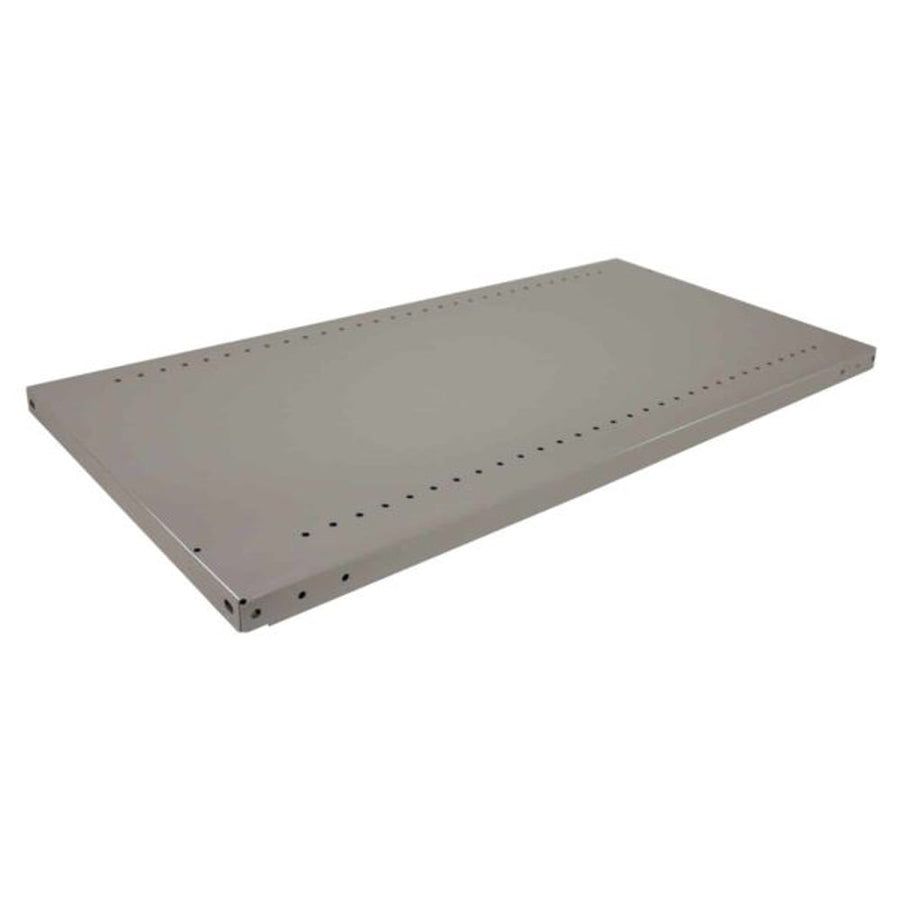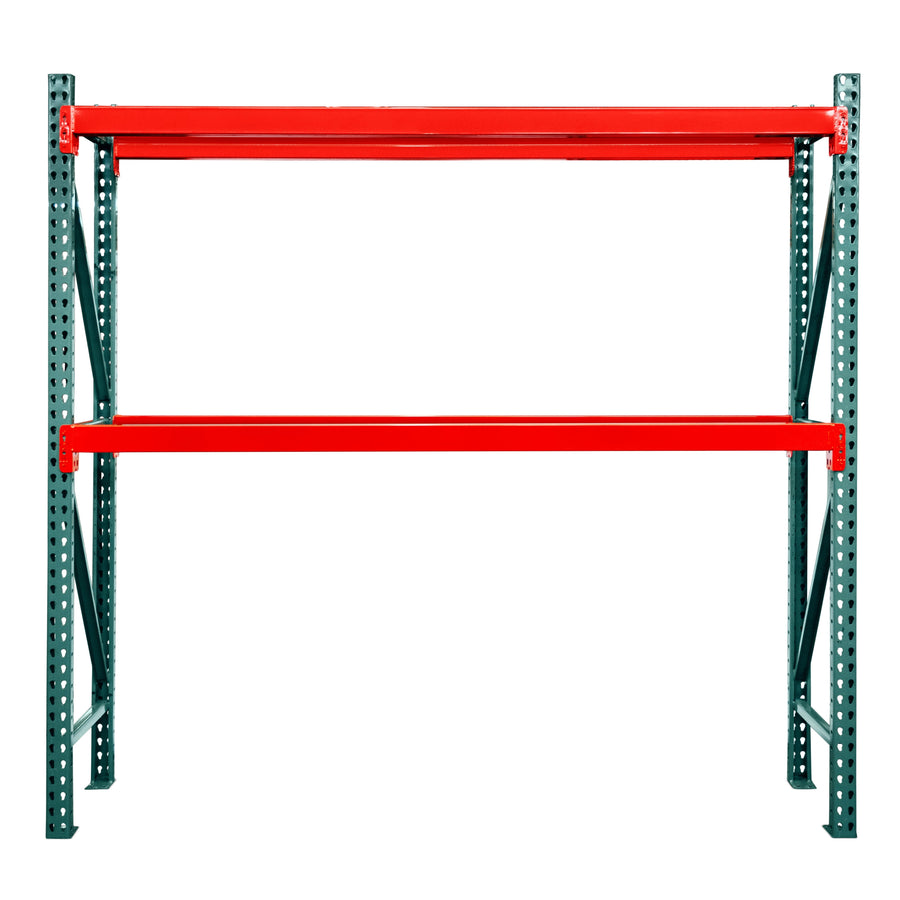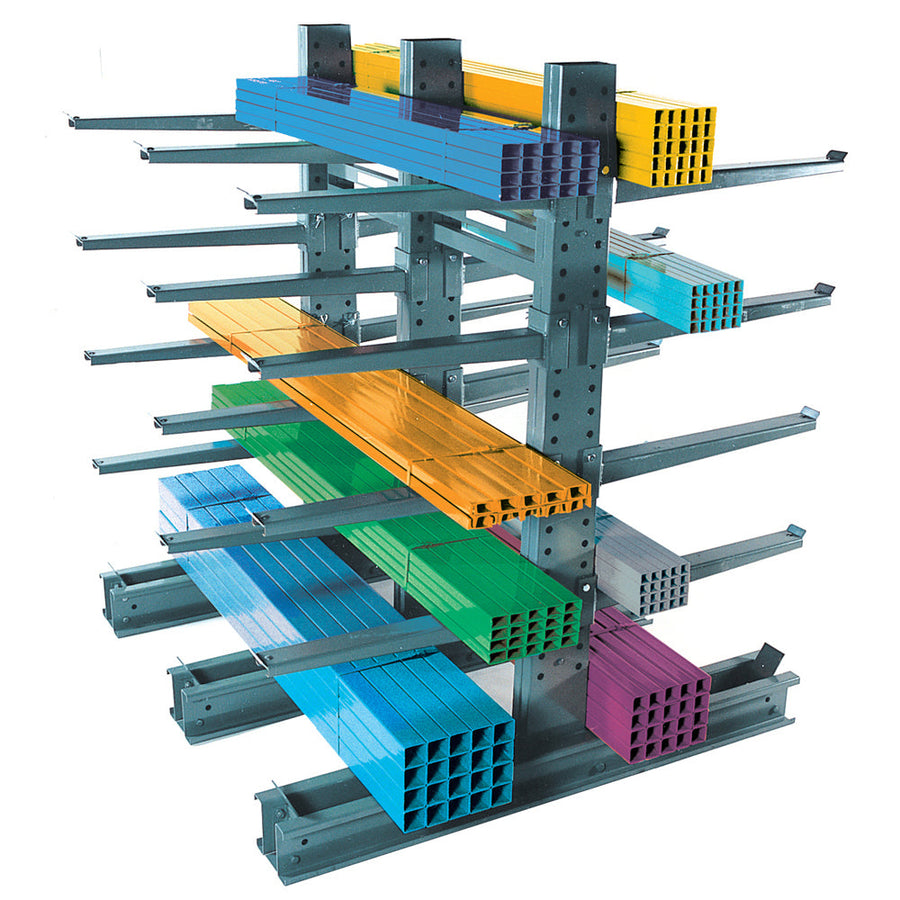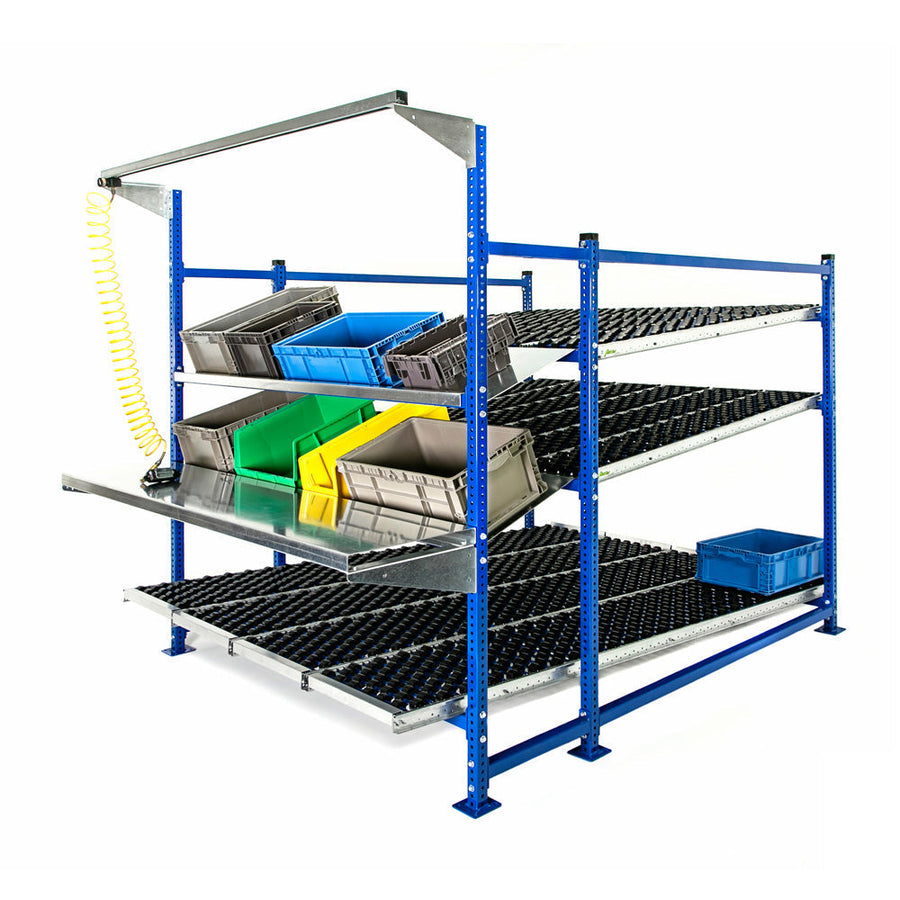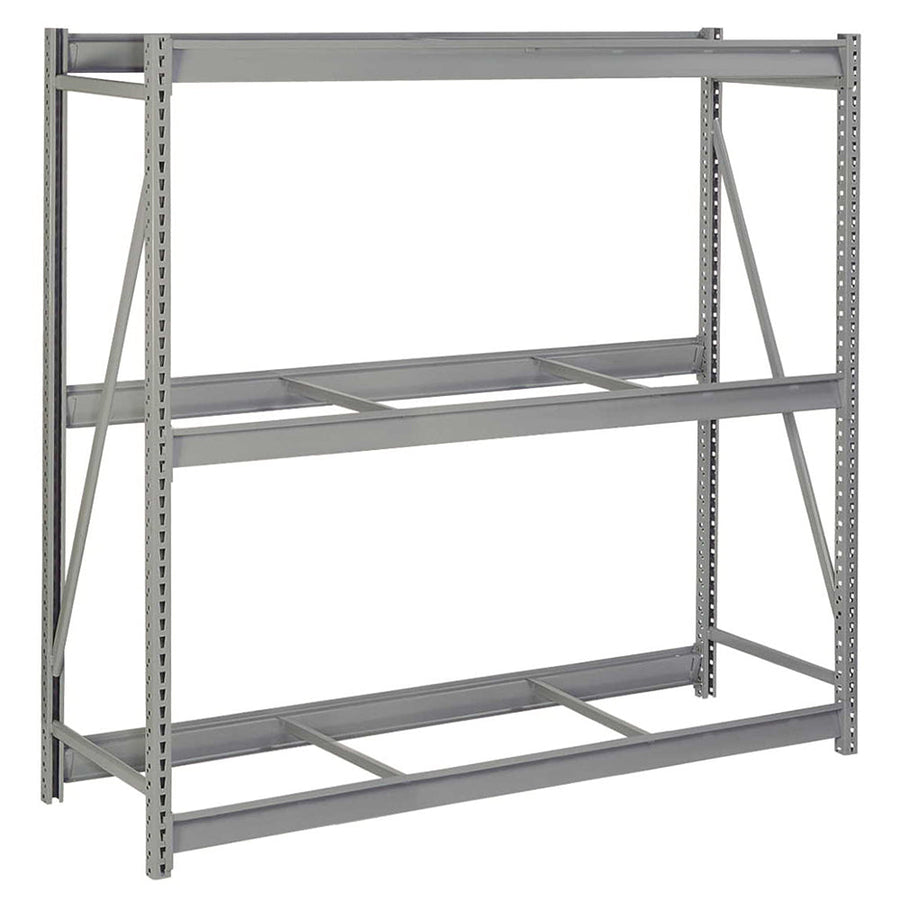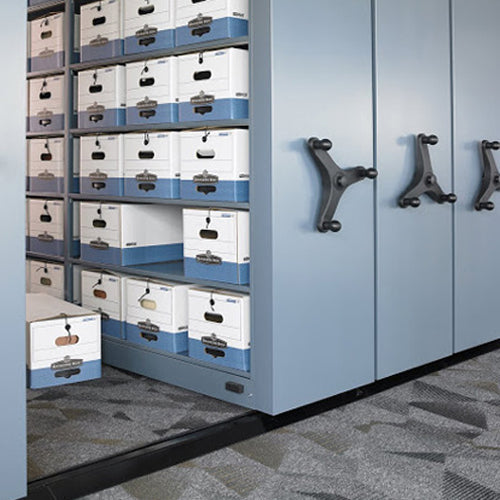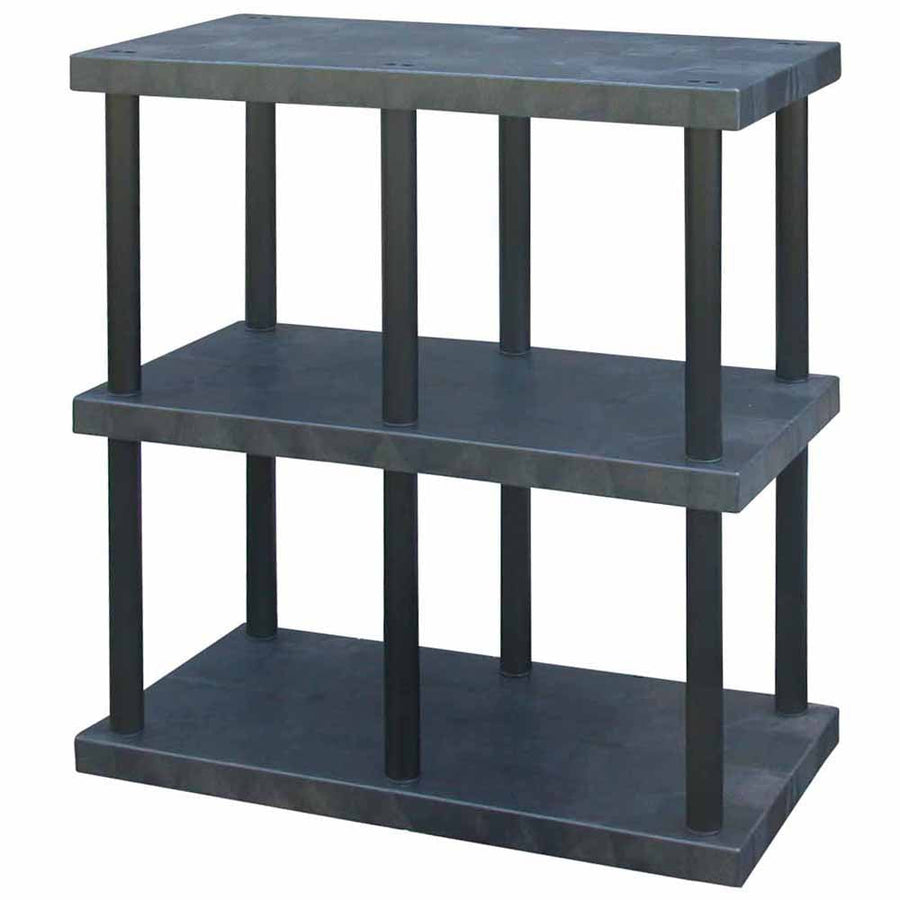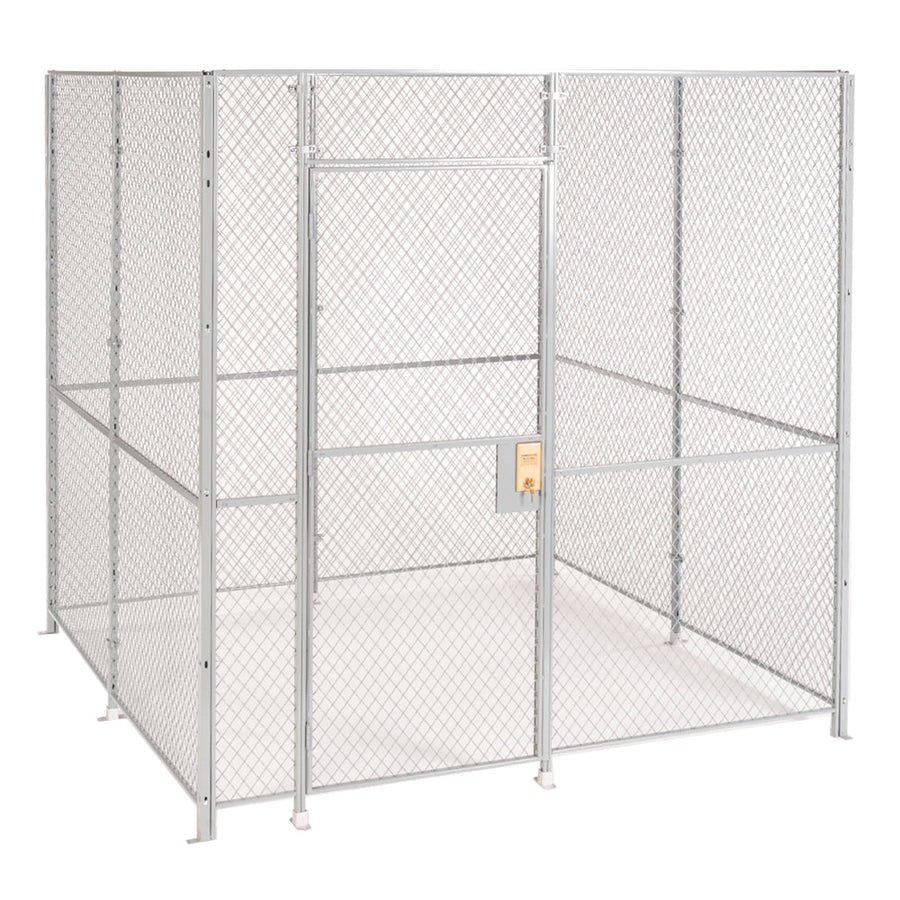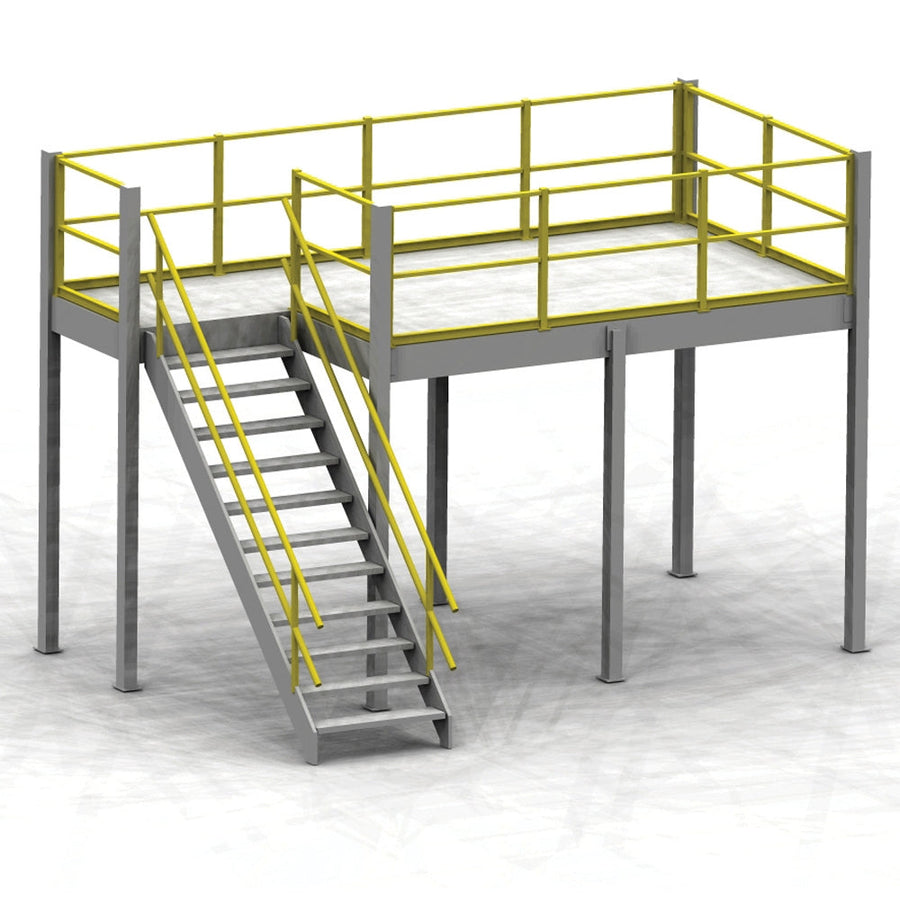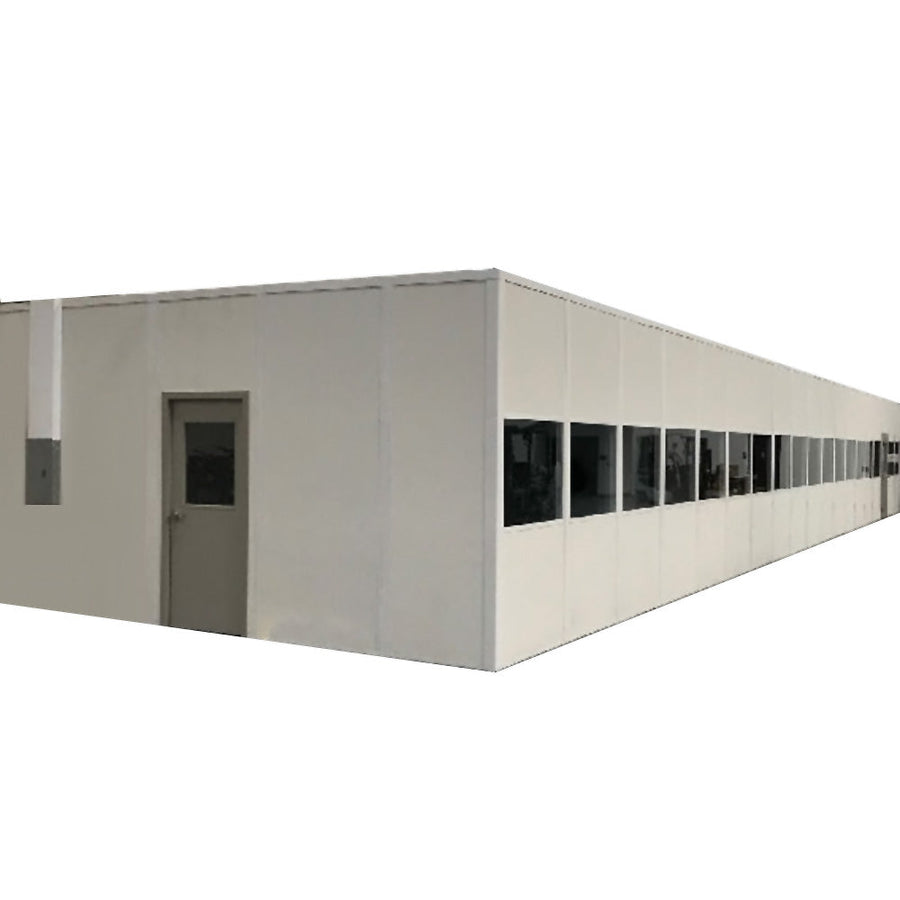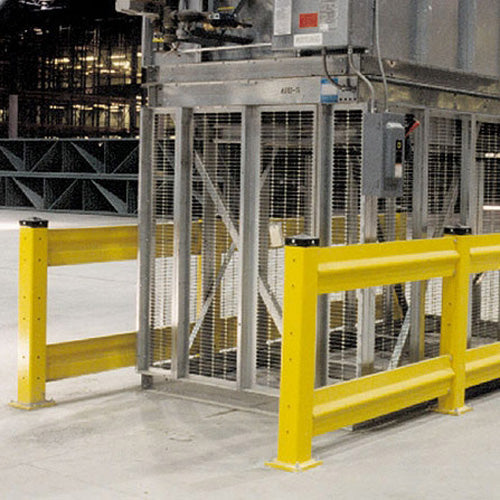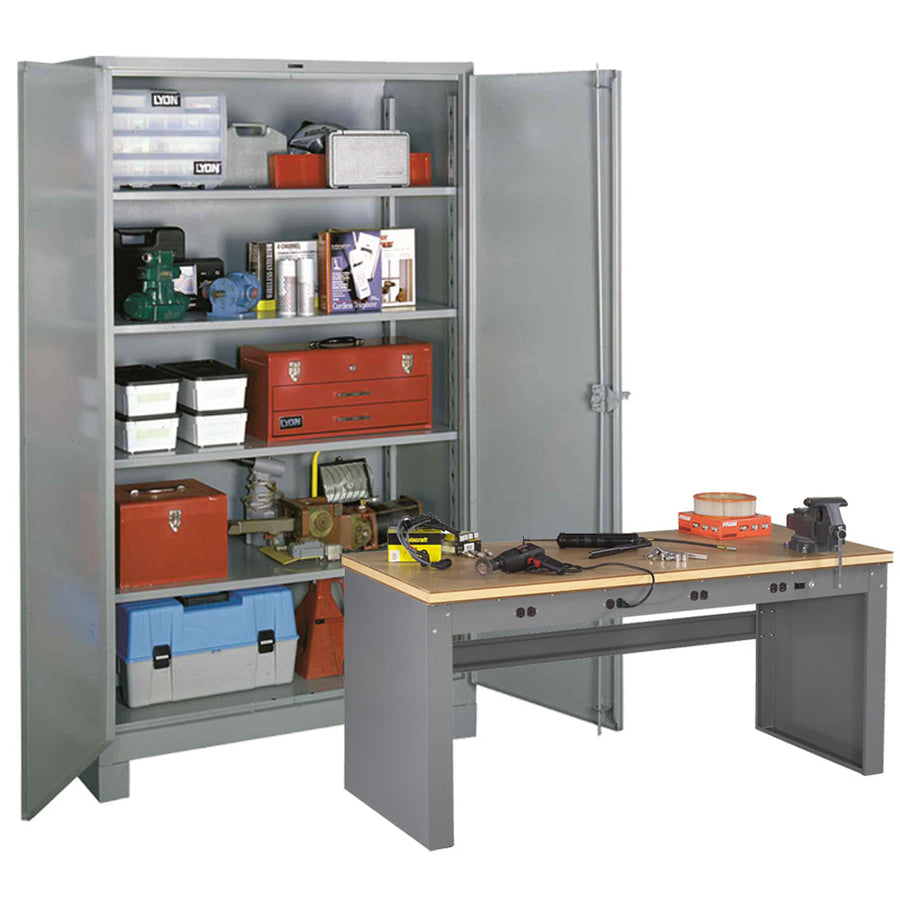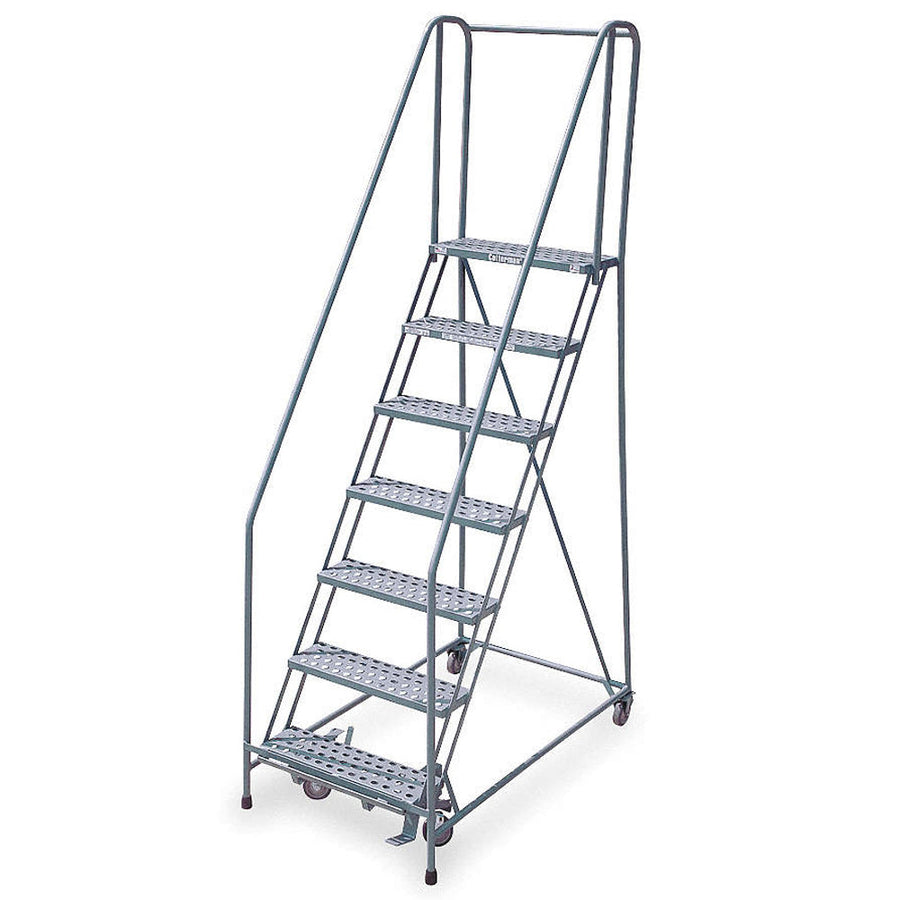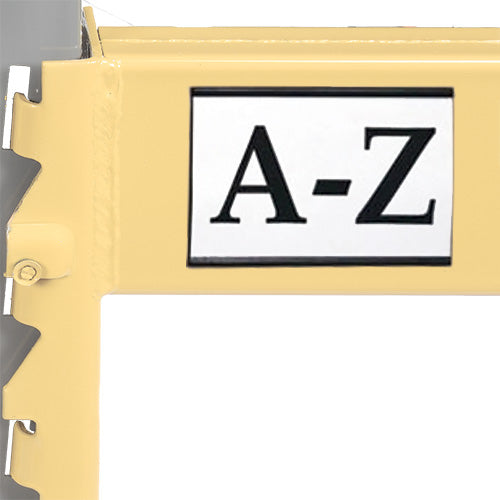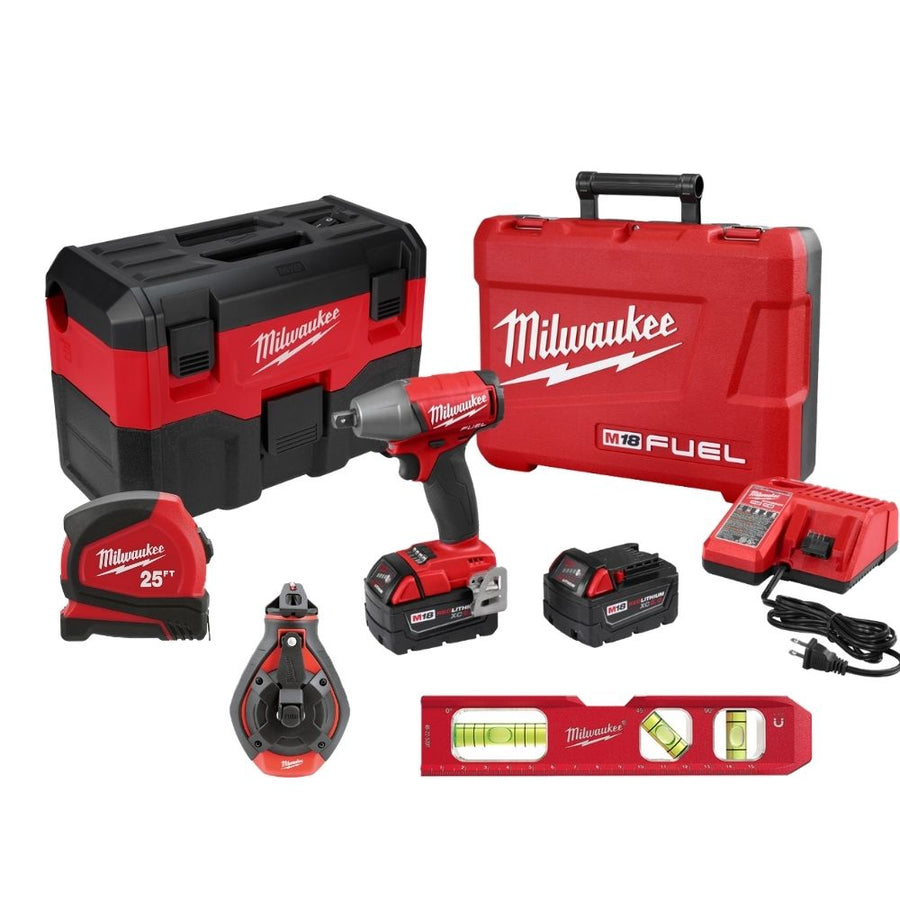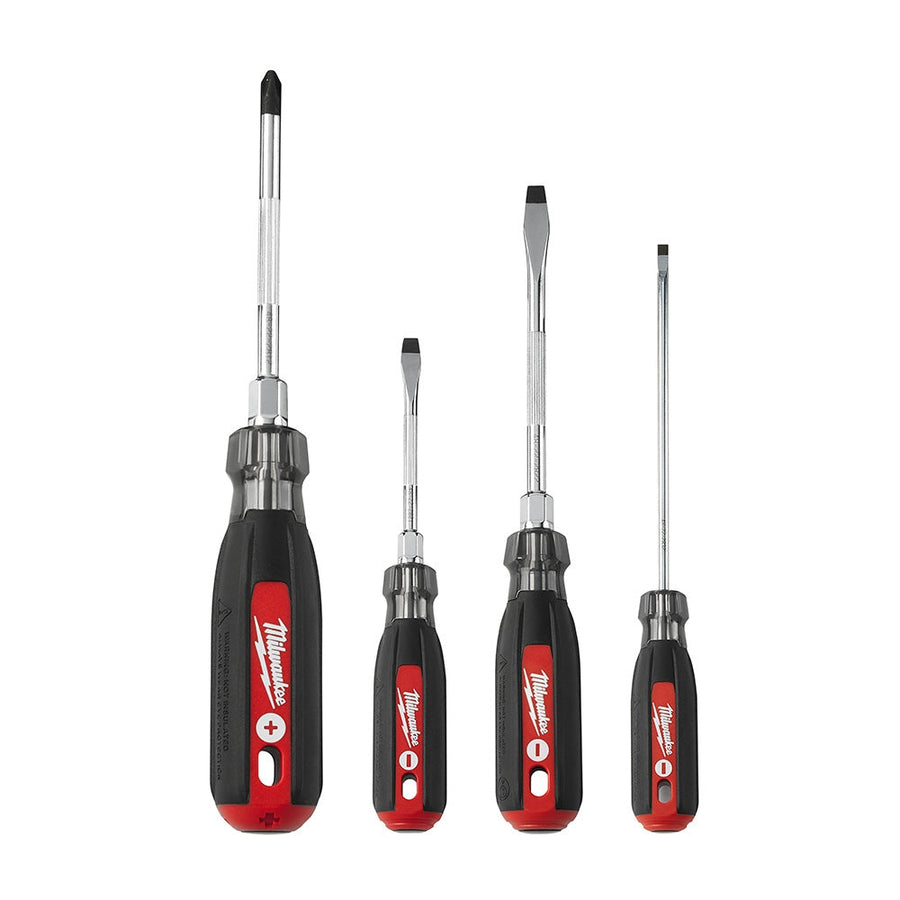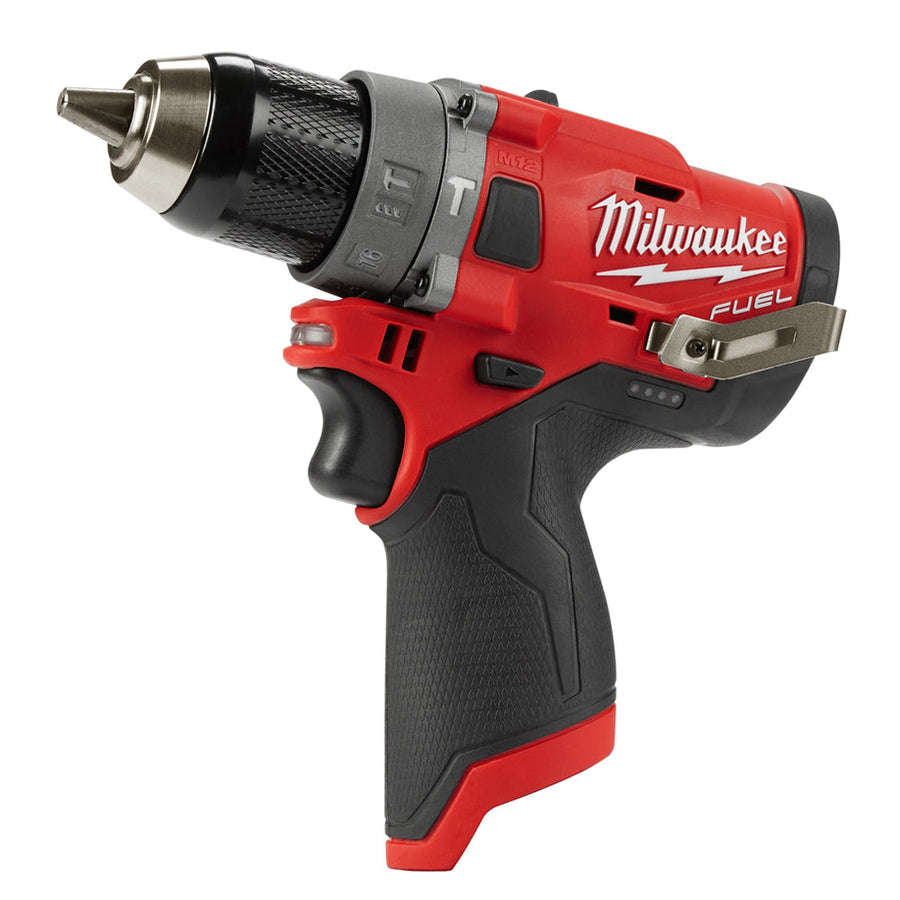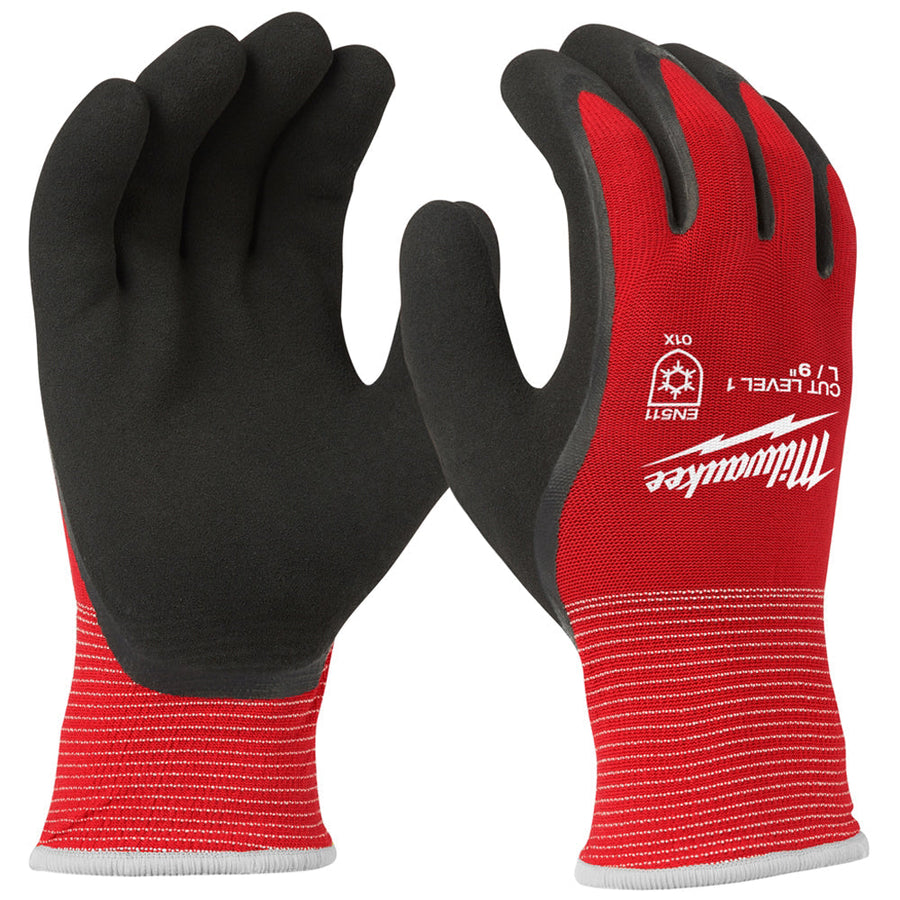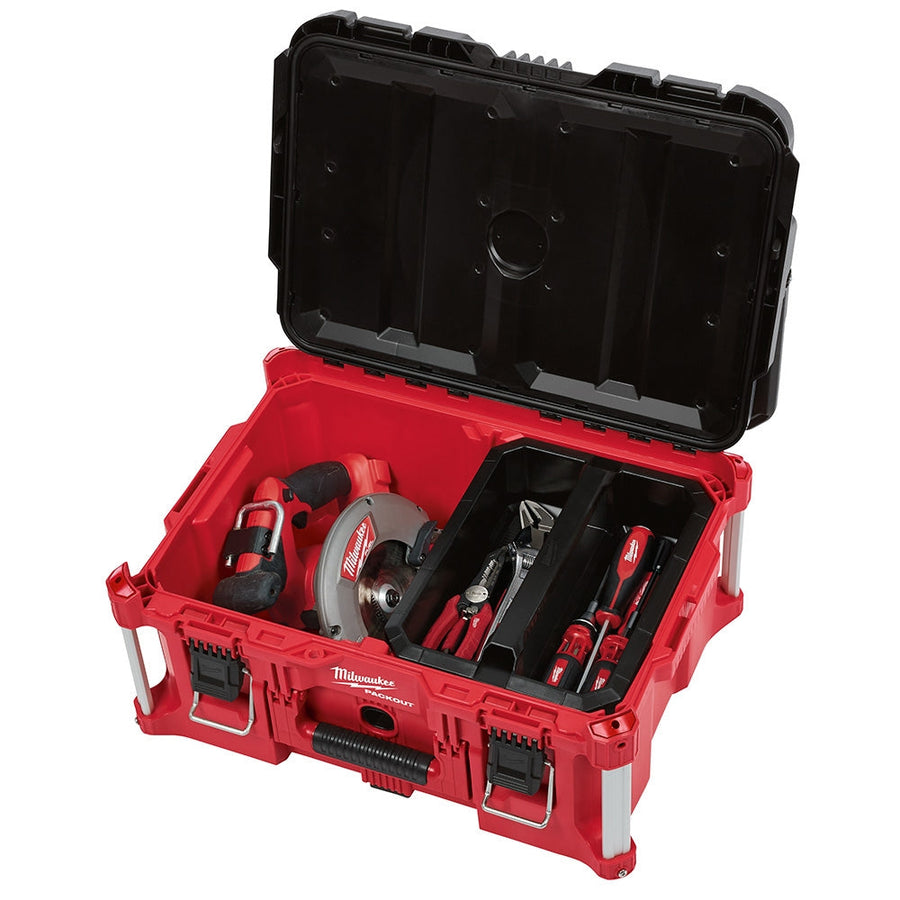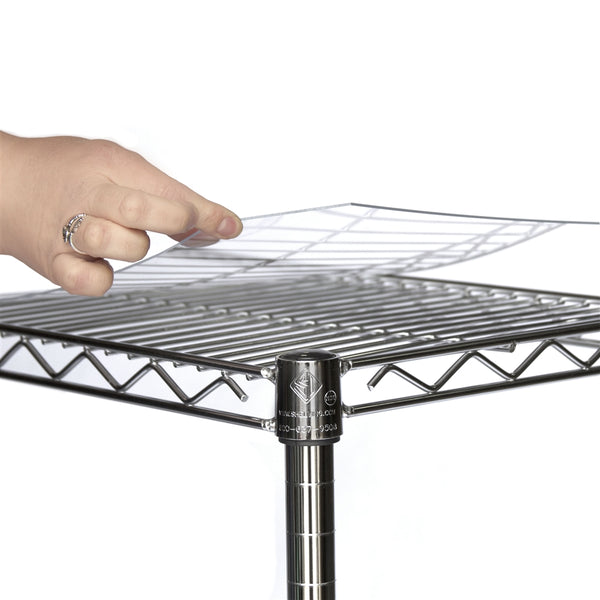Food allergies are a serious concern for millions of Americans today, and the effects they have can be wide-ranging. For some, it’s a simple outbreak of hives or a skin rash; for others it can result in more serious symptoms like difficulty breathing, issues with the digestive tract, or even death in many extreme cases.
As a result, preventing your restaurant guests from being affected by food allergies is a top concern, both in reducing the amount of risk present to your guests and to ensure compliance with national health and safety guidelines set by the various food regulatory commissions in America. There’s several steps you can take to help reduce the risk of food allergy and prevent contamination, many of which you may already be using, but all of which need to be known by any aspiring restaurant owner:
Understand and Avoid Cross-Contact
A lot of confusion exists in the restaurant world between “cross-contamination” and “cross-contact,” and while they’re both important to avoid, it’s equally important to understand the difference as they need to be handled in different ways. Cross-contamination refers moreso to the prevention of foodborne illness, whereas cross-contact is the act of preventing potential allergens from coming in contact with dishes by accident. The typical methods of preventing cross-contamination, such as proper cooking or disposal, will not actually prevent cross-contact and additional care will need to be taken to prevent contact.
Keep Your Staff Informed
One of the most effective ways to prevent cross-contact with food allergens is to keep your staff educated and aware of the risks and methods of prevention. Make sure your employees know the risks of food allergies, and work to ensure their general duties include methods to prevent these allergies from affecting your guests. A good example would be the grill - it may be used to cook dishes involving typical allergens like egg, dairy, or peanuts, and proper cleaning between each meal (especially after any dish involving common allergens) is absolutely critical. Use proper training and constant updates/meetings to make sure these safety practices become second nature, and if you feel like the practices may be slipping over time, create a set of questions for your chef or restaurant manager to keep everyone on-target.
Practice Safe Storage
Correctly storing and separating food products is an easy and ideal way to prevent cross-contact, but additional steps need to be taken to ensure safety. Make sure to use only storage solutions approved by the NSF for sterility and contamination prevention, such as wire shelving or NSF restaurant shelving to store all of your food products. Using sterile shelving will allow you to further prevent the spread of allergens, and will help prevent disease as well.

